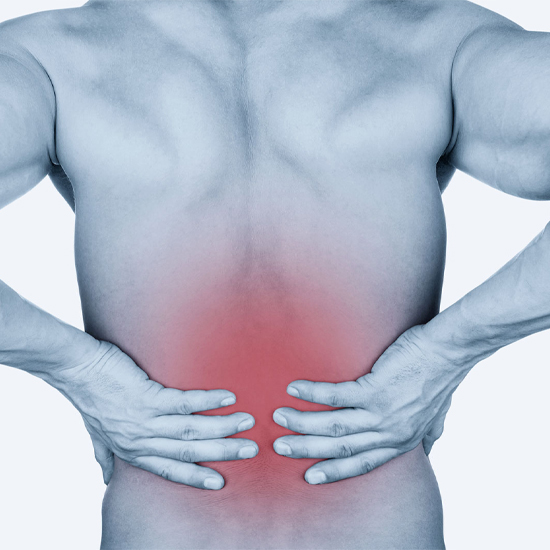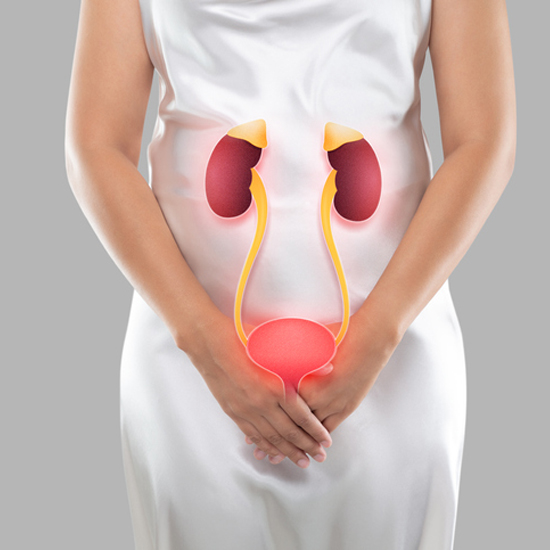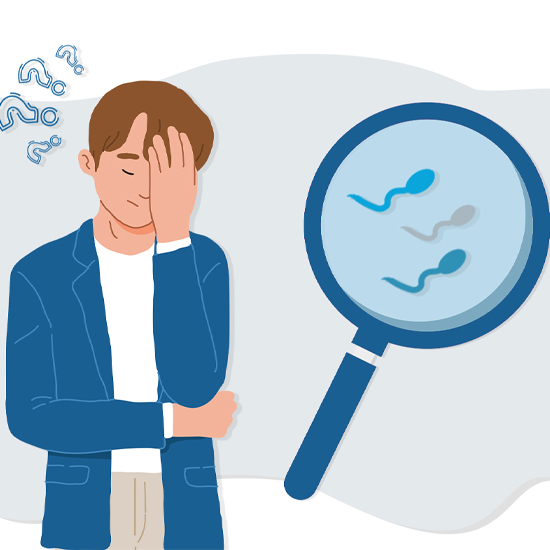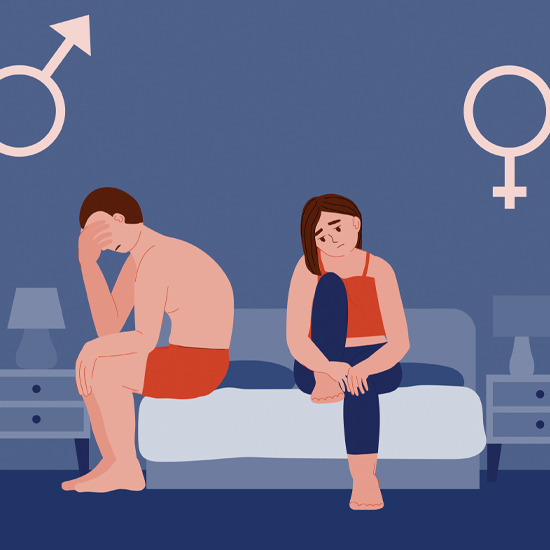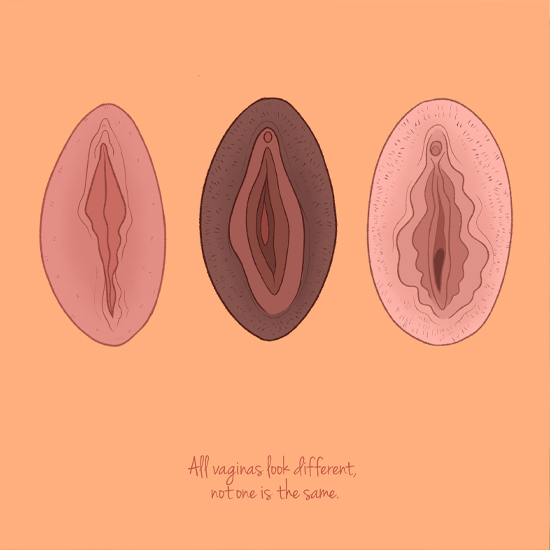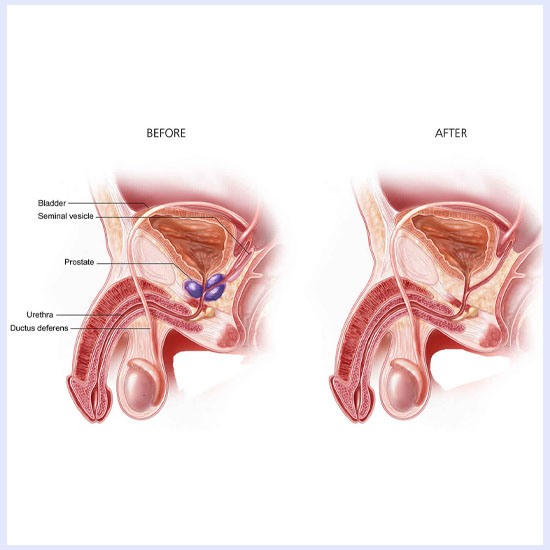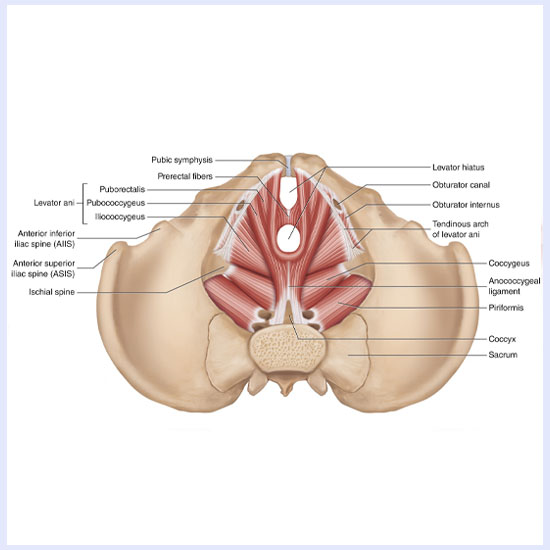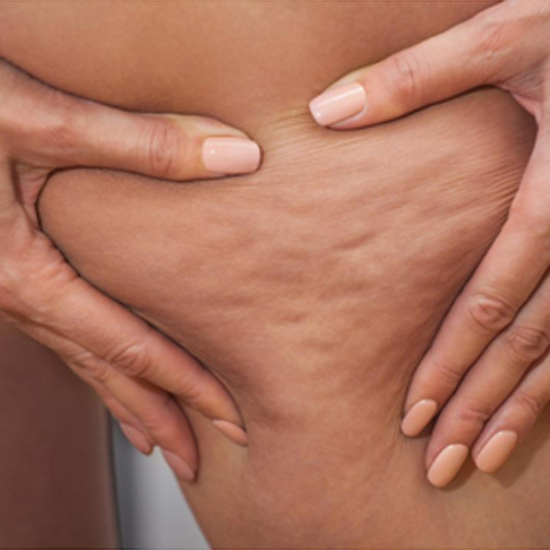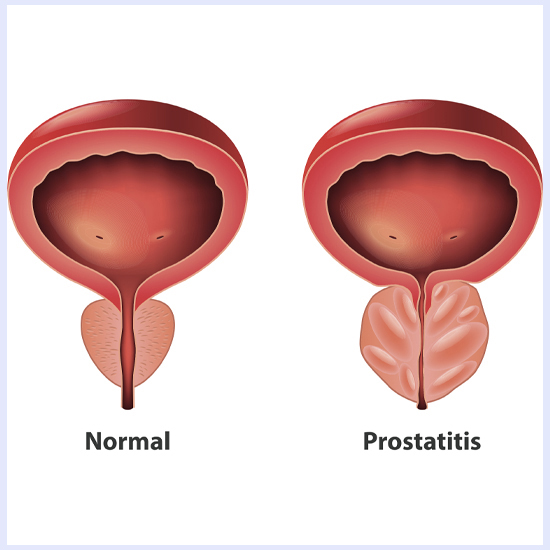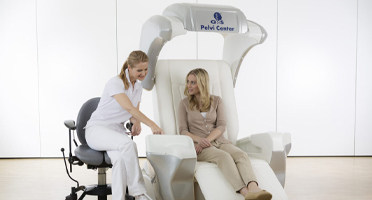Working Principle
QRS technology applies ultra-high intensity magneticpulses that penetrate deep into the body, creating anelectric field that compels motor neurons to dischargenaturally, precipitating a strong contraction in allmuscles innervated by these nerves. It causes afferentnerve impulses in proprioceptors (“muscular sensors”)that by definition carry information to the centralnervous system (CNS). The CNS is home to the controlcentre for muscular movement and coordination;receiving the new signals leads to pronouncedrebuilding and reorganisation processes. So, when thestimulated muscles (in the pelvic floor) experiencenatural contraction at a later date, the structuralreorganisation (plasticity) of the CNS will then triggersignificantly more muscle fibres than before.Pelvicenter does not stimulate sensitive nervefibres due to their narrow diameter, ensuring that the therapy is entirely painless. The pelvic floor muscles are contracted several thousand times during a 15–20-minute therapy session on the QRS Pelvicenter. Frequency settings above 35 Hz release adhered fascia in the lumbar region (loin area) as well as in the gluteus maximus and medius (lumbago muscles). The high frequencies can even counteract muscle hardening and trapped nerves within the field of action. Hence, the effects of pelvic floor training with the Pelvicenter are incomparably higher than even the best possible results of classic pelvic floor training.

